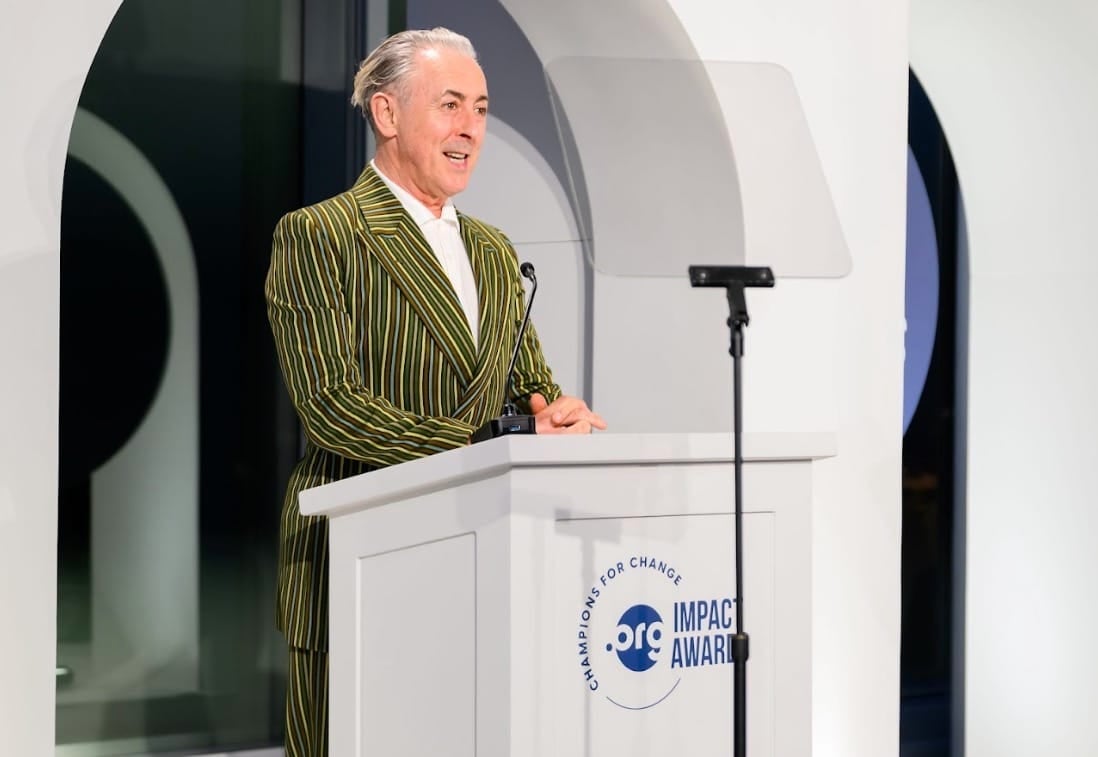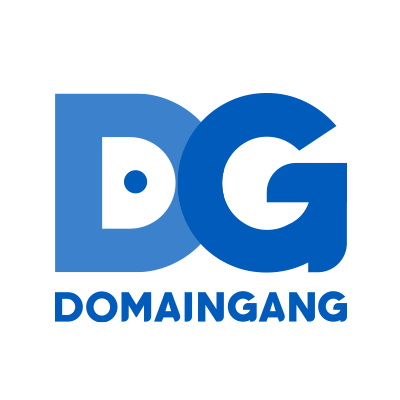YOUR AD HERE
Andrew Allemann Leave a Comment August 20, 2024
While some domain registrars have increased prices faster than wholesale increases, robust competition means consumers can still register and renew domains for close to the wholesale cost.
One of Verisign’s (NASDAQ: VRSN) defenses to increasing .com prices is that “unregulated” domain registrars set the price people actually pay for domains — and many of those registrars have increased their prices at a faster clip than Verisign.
This is certainly true for some domain registrars, but there are a bunch of caveats and asterisks that weaken this argument.
Wholesale price increases
The wholesale price of .com domains was frozen by the U.S. government at $7.85 per year in 2012. It didn’t increase again until September 2021, when prices were increased annually: $8.39 in 2021, $8.97 in 2022, and $9.59 in 2023. That’s where prices are for a couple more weeks; they increase to $10.26 on September 1. All told, Verisign has increased the price by 31% over the past four years. Due to the earlier price freeze, that also means the company has raised prices by 31% over the past 12 years.
GoDaddy
GoDaddy is the largest domain registrar by far, and it has increased its list price for .com domains in recent years. Using the Wayback Machine, I found list prices dating back to 2014.
In 2014, the company charged $14.99 per year for a .com domain. It didn’t increase this until 2019, when it charged $17.99. It raised its price to $19.99 in 2022 and $21.99 this year. That’s a 47% increase in the past 10 years.
These are the list prices and GoDaddy often charges less. For example, right now, if you register for three years, the first year is a penny, making the three-year cost about $15 per year.
Even when domains renew, the $21.99 rate is not the average rate GoDaddy collects. Many customers join GoDaddy’s Domain Discount Club (DDC), which charges close to the wholesale cost for domains. DDC members paid $8.29 per year until Verisign increased prices in 2021. The price increased to $8.85 in 2021, $9.45 in 2022, $10.25 in 2023, and will increase to $10.99 next month.
This is essentially “at cost” when you consider credit card processing fees. Granted, DDC costs a couple of hundred dollars a year. However, bulk customers are still paying very close to the wholesale cost.
GoDaddy doesn’t publish a blended average rate for .com domains, but it is certainly much lower than its list price.
Namecheap
Namecheap registers the second most new .com domains each month.
It held the line on .com pricing until Verisign raised prices in 2021. Based on Wayback Machine screen captures, the company charged $8.88 until late 2021. At that point, it increased prices to $9.47. The following year, it nominally increased prices to $13.98, where they have remained until today.
I say “nominally” because it always offers a discount for up to two years of registration. Right now, that price is $10.28. Of course, there are further first-year promos; it’s currently $5.98 for a .com domain with a coupon. (Some registrars offer steep discounts. These registrars sell domains for below cost for the first year. The registraras hope you’ll buy other products or stick around for more than one year. But it’s a risk; first-year renewal rates for .com domains can be below 50%.)
Namecheap also has a sister registrar, Spaceship, which sells .coms for $9.48 (with an additional dollar off the first year).
Other costs
Running a domain name registrar is expensive. Registrars deal with a lot of things Verisign doesn’t have with the .com registry.
Verisign doesn’t incur credit card costs or chargebacks (in fact, many registrars prepay). Verisign has very little support compared to what registrars have to offer to millions of customers. While Verisign manages a thin Whois registry, registrars have to maintain the public data, Whois privacy, etc.
And then there’s marketing. Verisign relies on registrars to market for them, only offering a small amount of marketing money in certain cases.
In addition to losing money on one-year .com registrations to try to capture market share, many registrars buy Google ads and other advertising to convince customers to register with them instead of the competition. This leads up to the biggest point that cuts against Verisign’s pricing argument.
True competition
Registrars can only get their .com domains from one source: Verisign. However, registrars compete against a broad market of domain registrars to land customers.
There are technically over 2,700 domain name registrars. Take out dropcatching registrars, and this number drops to around 1,000.
If you’re willing to do some basic comparison shopping, you will find registrars that sell domains at Verisign’s cost.
Cloudflare famously charges the wholesale cost and even absorbs credit card fees. NameBright charges at cost if you pre-fund your account to avoid credit card costs. Cosmotown sells .com domains below cost (currently $8.99 upon renewal) to capture market share. Sav.com renews domains for $9.65. And PorkBun charges $10.37, which is essentially at cost after credit card costs.
These are just a handful of examples I’m aware of.
The net-net
Verisign argues that registrars are increasing prices at a higher rate than it is. It argues that, to the end customers, Verisign’s wholesale price isn’t impacting customers as much as registrars’ increases are.
While some registrars have indeed increased prices faster than Verisign, there’s a robust marketplace and competition in the market. This keeps the prices customers pay in check, with many registrars selling domains at essentially the wholesale cost.
There’s healthy competition amongst registrars. But Verisign has a lock on the dominant top level domain.
About Andrew Allemann
Andrew Allemann has been registering domains for over 25 years and publishing Domain Name Wire since 2005. He has been quoted about his expertise in domain names by The Wall Street Journal, New York Times, and NPR. Connect with Andrew: LinkedIn - Twitter/X - Facebook
Get Our Newsletter
Stay up-to-date with the latest analysis and news about the domain name industry by joining our mailing list.
No spam, unsubscribe anytime.
 1 year ago
56
1 year ago
56








 English (US) ·
English (US) ·